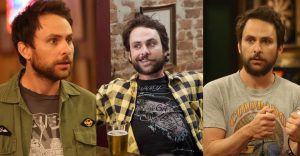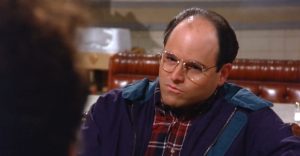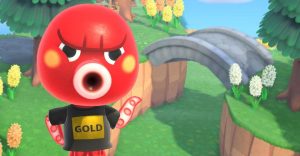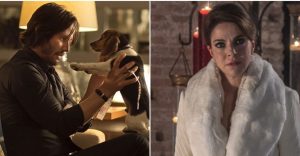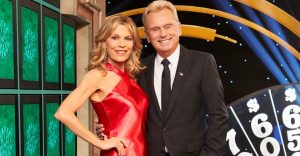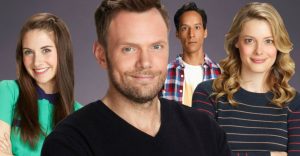Disney’s Unmade Hobbit Movie Explained
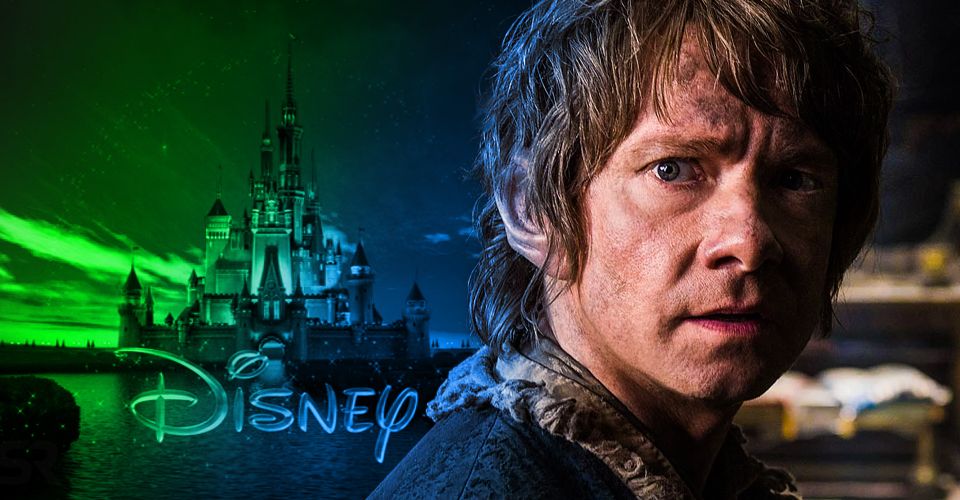
Long before Peter Jackson’s live-action trilogy, Disney considered adapting The Hobbit into an animated feature. The Hobbit, or There and Back Again was J. R. R. Tolkien’s first published work set within Middle-Earth and tells the tale of Bilbo Baggins, the titular Hobbit, who becomes embroiled in a quest to liberate Dwarven treasure from the dragon Smaug. Though the plot is directly linked to Tolkien’s sequel, The Lord of the Rings, The Hobbit is an altogether different work – aimed at children rather than adults, and written in a more playful style. Where The Lord of the Rings is Middle-Earth viewed through a historical and mythic lens, The Hobbit is more akin to a fairytale and, as such, became of interest to the Walt Disney Company; famous for adapting popular stories into even-more-popular (if heavily sanitized) animated movies.
Tolkien’s work first became of interest to Disney in the late 1930s, when elements from The Hobbit were considered for inclusion in Fantasia. According to Middle-earth Envisioned (written by Brian J. Robb and Paul Simpson), the Hobbit sequences would have been paired with music from Richard Wagner’s Ring cycle of operas, but the idea was scrapped. Additionally, Walt Disney wanted to adapt The Lord of the Rings in the 1950s, but his storyboard artists advised against it, deeming Tolkien’s masterwork to be too dark and complex for an animated kid’s movie.
After Walt’s passing, Disney’s Vance Gerry and Frank Thomas pitched an animated adaptation of The Hobbit, though – like the company’s earlier efforts – this too fell through. Thankfully, concept art and pitch notes survive (via PoF), giving more insight into the unmade movie and how it might have differed from Tolkien’s novel (or, indeed, later adaptations). Sketches of Bilbo suggest an older, goofier character than that of the book and a few drawings even give him shoes, robbing the hobbit of his race’s most recognizable trait – big, hairy feet. Additionally, the pitch notes make it clear that the darker sequences from Tolkien’s novel would be toned down to make them less frightening for children, with many of these scenes removed altogether. As such, it’s likely that Gollum – arguably the book’s scariest character – would have been altered significantly if included at all.

While it’s understood that all of these proposed adaptations were vetoed before the rights to Tolkien’s work were ever seriously pursued, it’s unlikely that the author (or, later, his estate) would have agreed to work with the Walt Disney Company had they been approached. In a particularly withering letter from 1964 (via Sotheby’s), Tolkien made his feelings about Walt very clear, writing, “I recognize his talent, but it has always seemed to me hopelessly corrupted. Though in most of the ‘pictures’ proceeding from his studios there are admirable or charming passages, the effect of all of them is, to me, disgusting. Some have given me nausea.” He then went on to write, “I should not have given any proposal from Disney any consideration at all. I am not all that poor…” Tolkien’s dislike of Walt likely stemmed from Disney’s family-friendly approach to storytelling and the sanitization process that often occurs when the company adapts more challenging material.
Though Disney’s efforts failed to bear fruit, The Hobbit was later adapted into an animated TV special by Rankin/Bass (of Rudolph the Red-Nosed Reindeer fame), which has since gained a minor cult following. After his acclaimed, live-action Lord of the Rings trilogy, director Peter Jackson adapted The Hobbit into its own prequel trilogy, but with less positive results. Many argued that the trilogy structure stretched the source material beyond breaking point, turning a fun kid’s book into a misguided (and CGI-laden) epic – though Martin Freeman’s Bilbo Baggins was roundly praised. Had Disney’s unmade Hobbit movie seen the light of day AND been successful, Peter Jackson’s Middle-Earth trilogies might never have been; a double-edged sword, many would agree, for fans of Tolkien’s classic mythology.
About The Author











